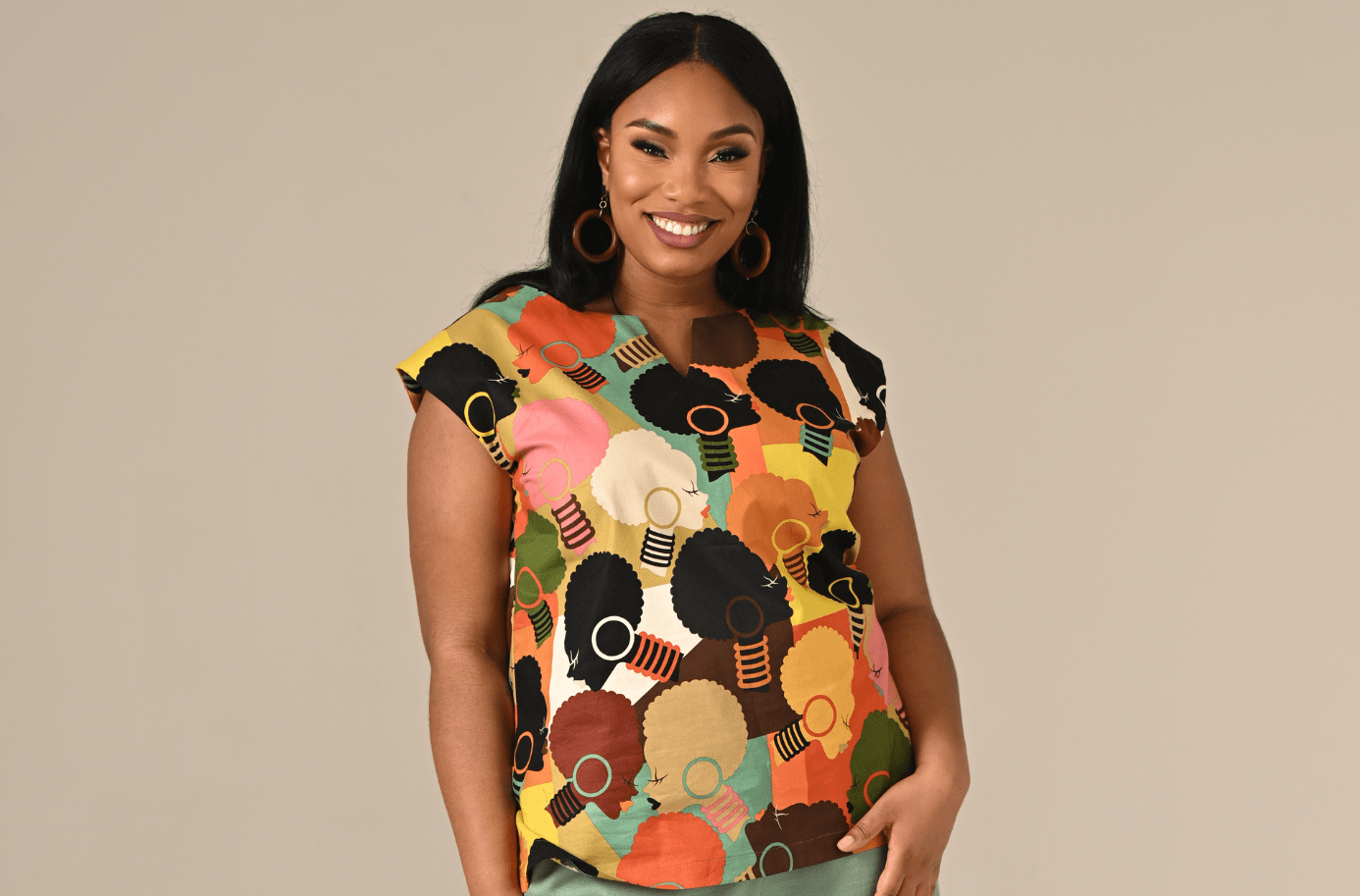Black creatives face unique challenges when seeking investment, particularly in artistic fields like fashion, media, and the arts. While their ideas and artistic ventures are rich with cultural significance, exposure remains a significant hurdle. It’s common for investors to overlook Black-led ventures, as these enterprises often lack partnerships with larger, established brands that could elevate their visibility. Furthermore, misconceptions about Black artistic ventures have created additional barriers to securing financial backing.
The Role of Cultural Identity
Cultural identity plays a pivotal role in positioning Black artistic ventures to investors. Emphasizing cultural representation allows these enterprises to stay true to their mission without diluting their narratives. Black creatives who authentically present their stories and heritage tend to resonate more deeply with investors and audiences. The immense purchasing power of the community is important. It shows the potential profitability of Black-focused brands if properly positioned and supported.
Misconceptions About Black Artistic Ventures
Many investors mistakenly believe that Black-owned artistic ventures are primarily non-profits or solely rely on government funding. This perception ignores the innovative, profit-driven nature of many Black-led businesses. For example, ventures in the fashion and media sectors often pursue mainstream markets while maintaining their cultural integrity. Despite this, some investors still need to recognize the sustainable business models behind these ventures, wrongly assuming they lack scalability or long-term profitability.
Building Investor Relationships
One of the most effective ways Black creatives attract investment is through data-driven presentations of their ventures’ value. Black entrepreneurs can build stronger relationships with potential investors by focusing on measurable success—such as revenue growth or audience engagement. For example, the American Black-owned beauty brand Mielle Organics grew significantly by prioritizing community engagement and revenue generation, eventually leading to a major partnership with P&G Beauty. Such examples highlight the importance of combining cultural narratives with strong business fundamentals.
Community Support and Sustainability
Community support is crucial in the journey toward investment for Black artistic ventures. Building relationships through community events, networking, and collaborative projects can provide credibility and create avenues for funding. Moreover, many successful Black-owned ventures have leveraged community backing to create sustainable models, lessening their reliance on external funding. For example, the Black beauty industry has thrived by tapping into its community’s buying power, proving that ventures can succeed by focusing on local support before expanding outward.
Black artistic ventures have significant potential to attract investment, particularly when they leverage cultural identity, community support, and strong business models. Investors are beginning to recognize the financial value in these enterprises, especially as Black buying power and cultural influence continue to rise. By remaining true to their cultural roots while emphasizing profitability, Black creatives can continue to break down barriers and secure the investment necessary to thrive.













